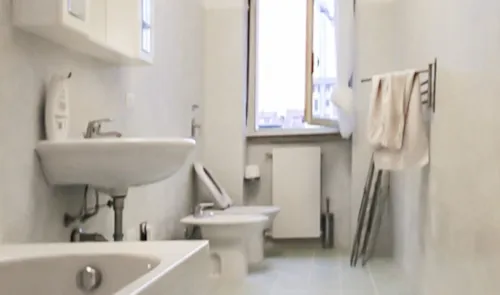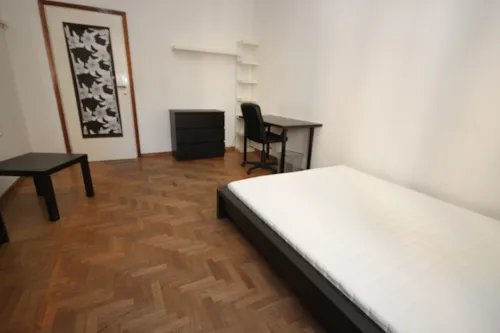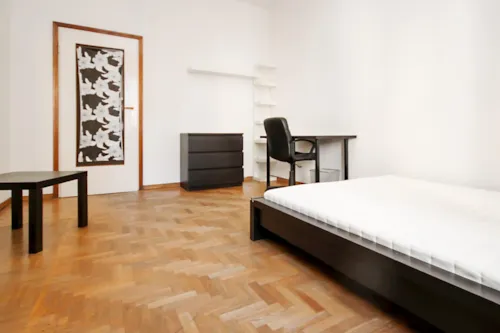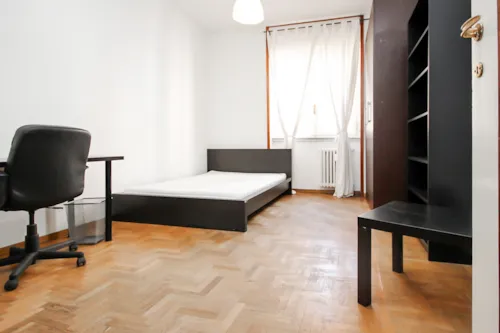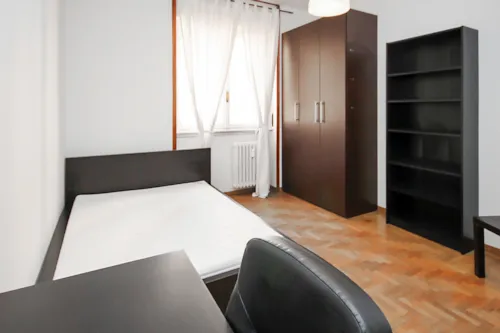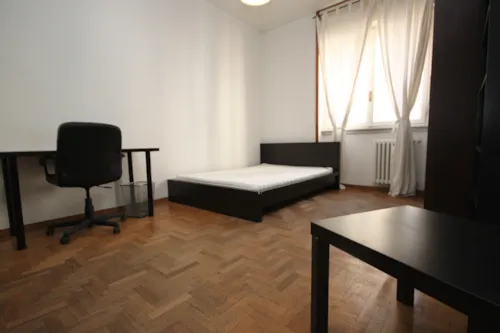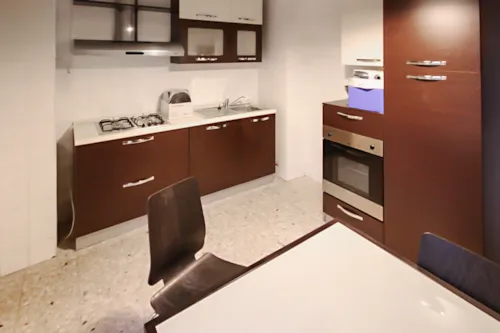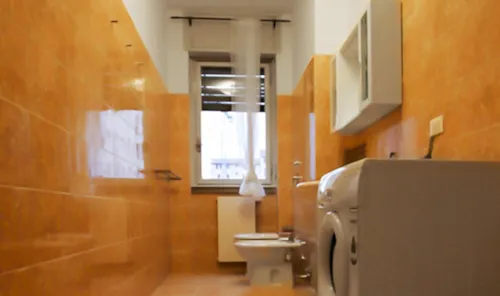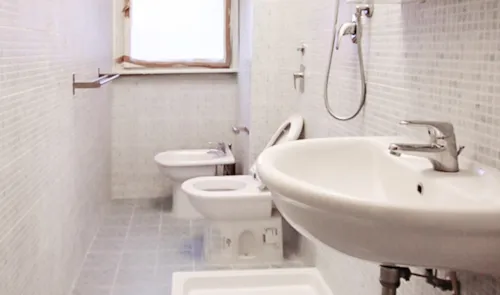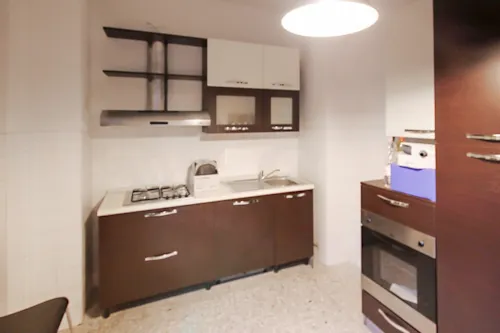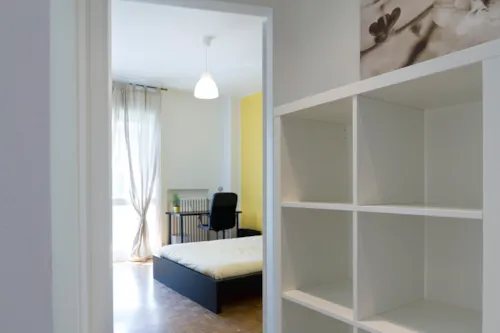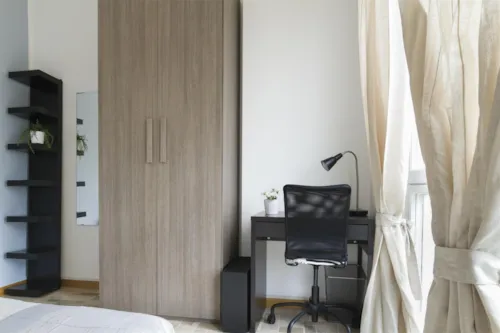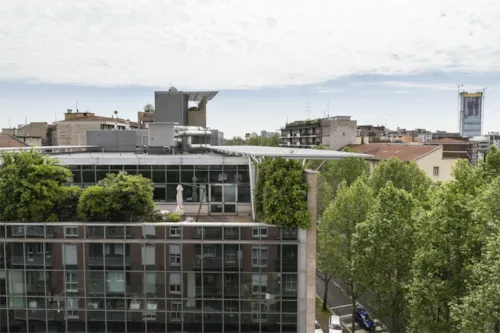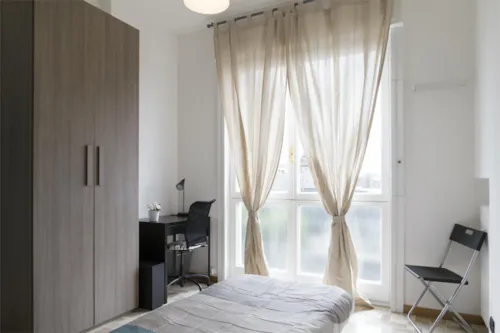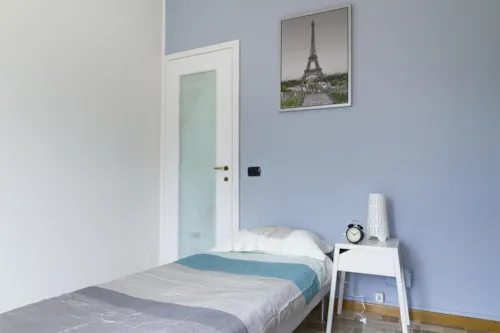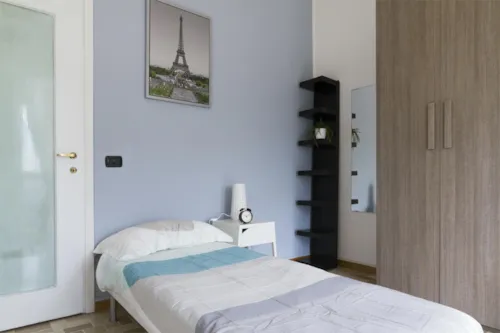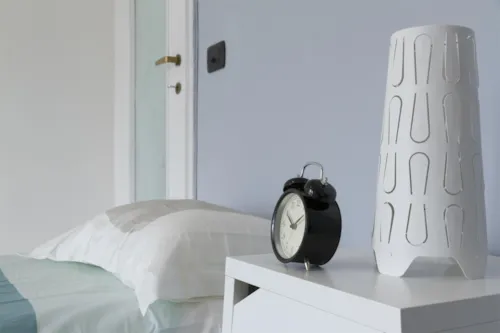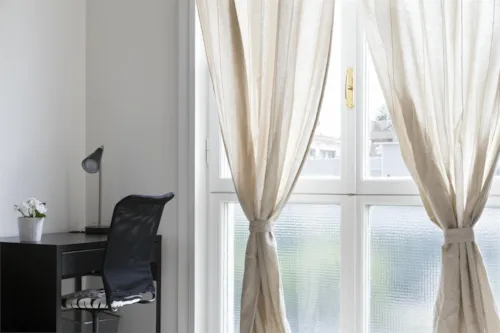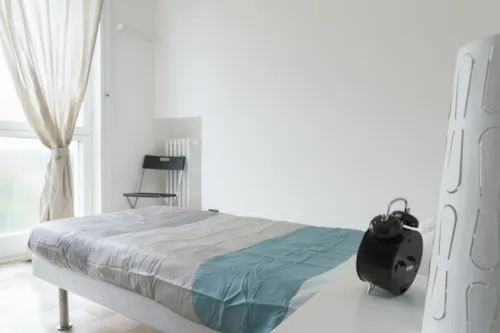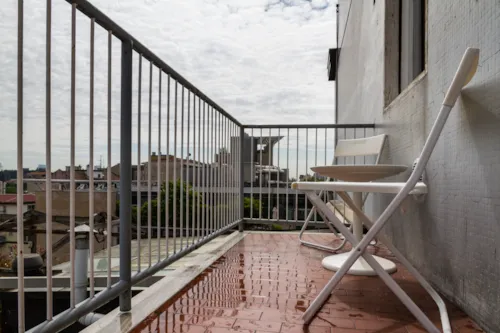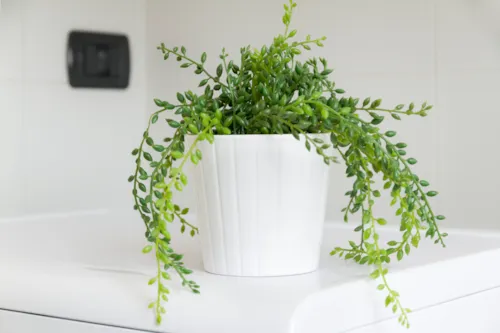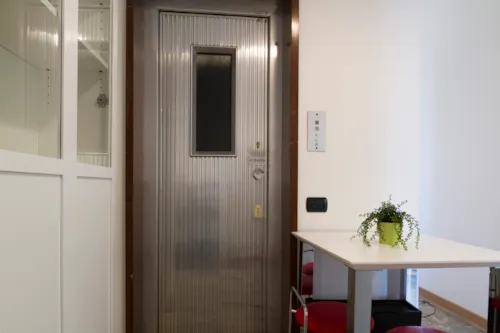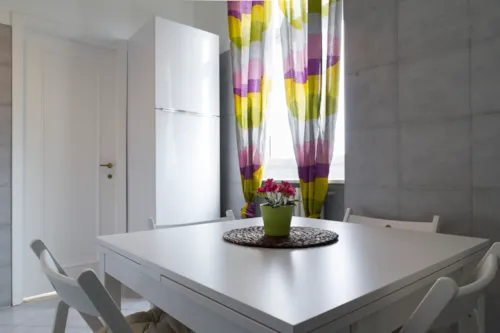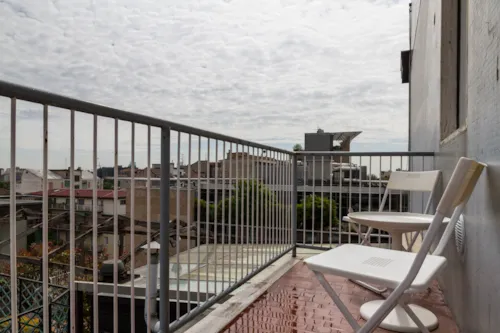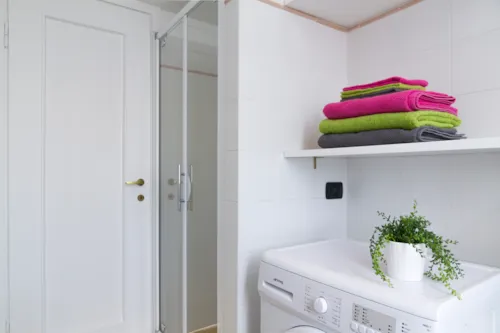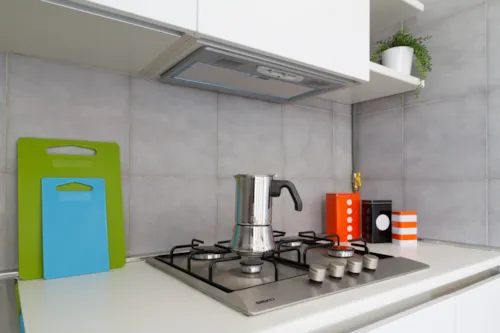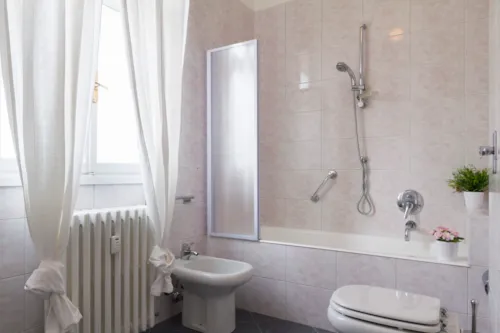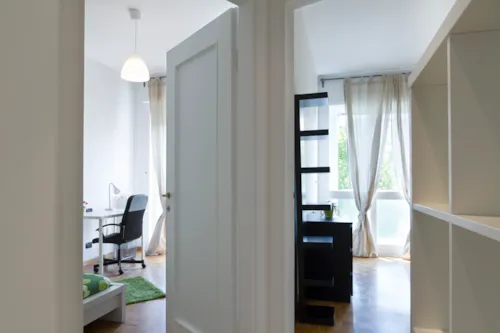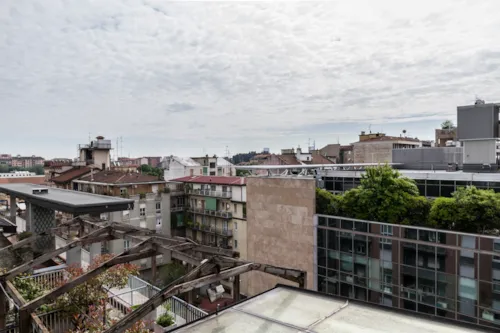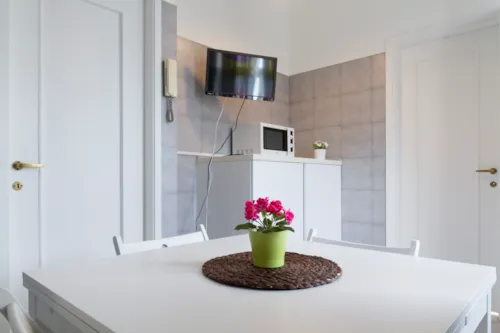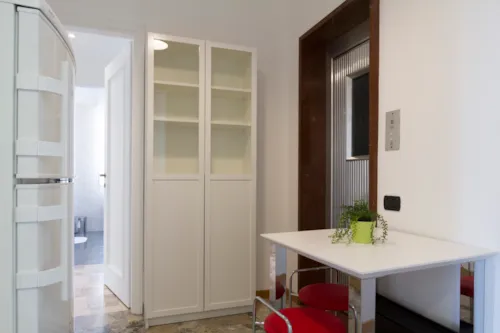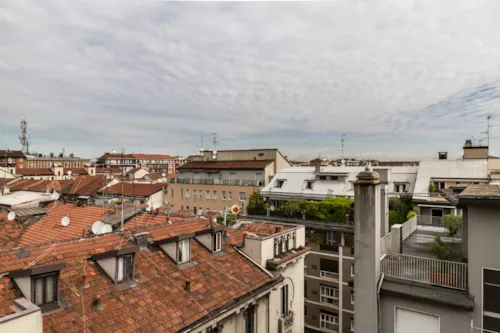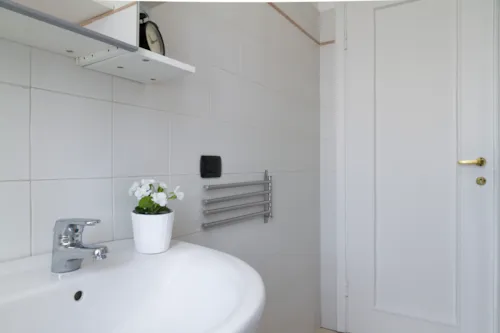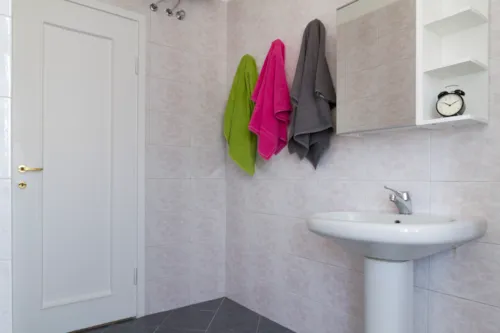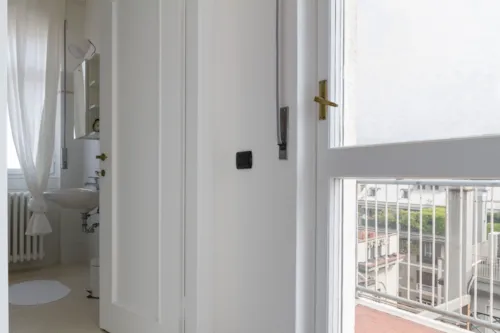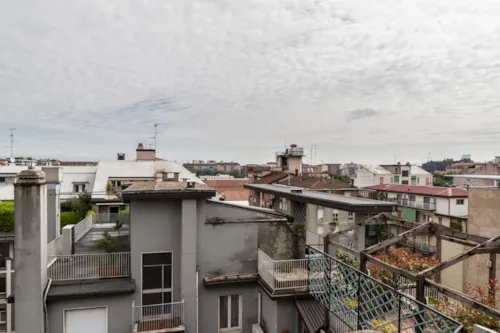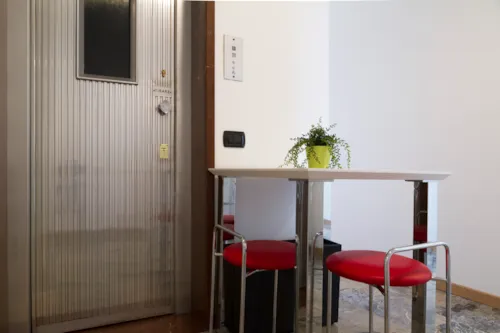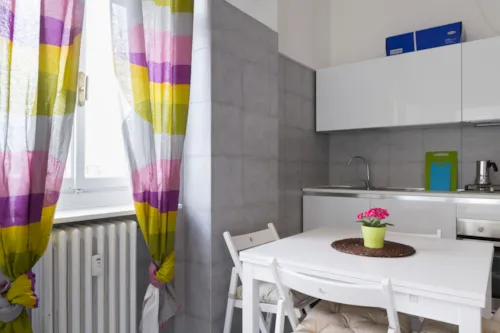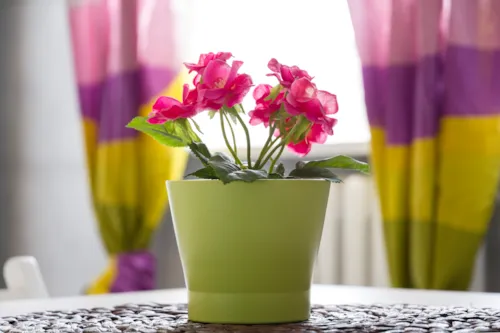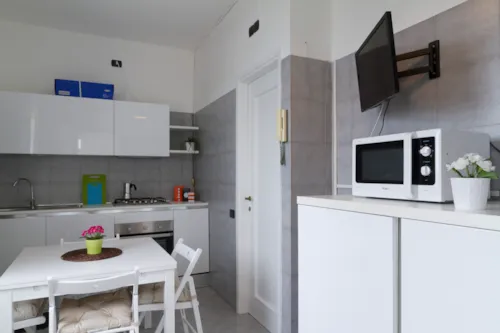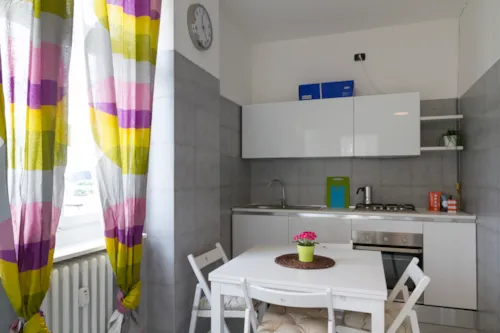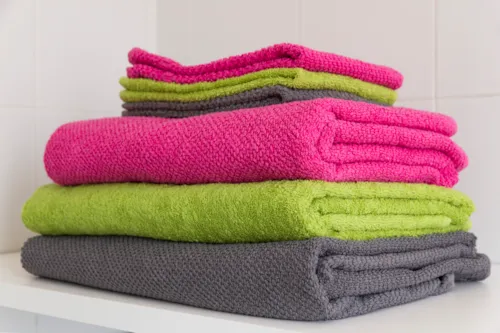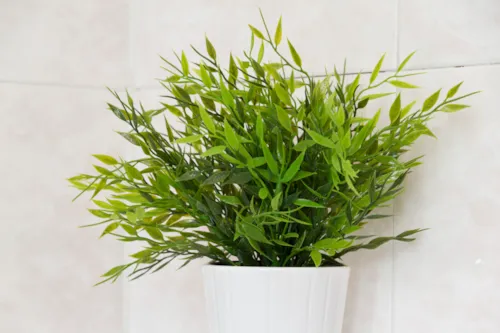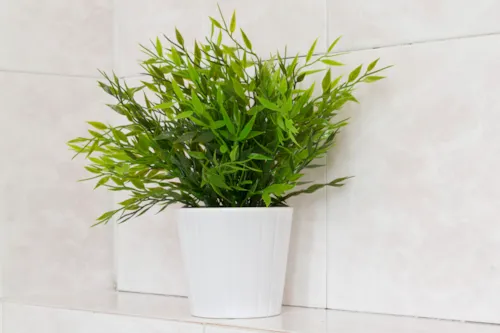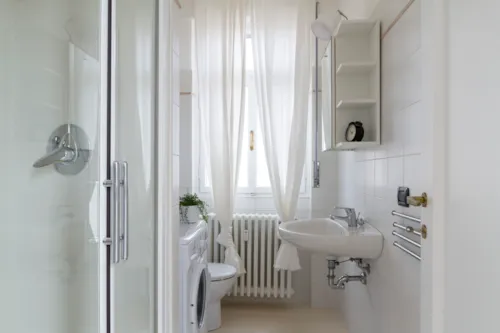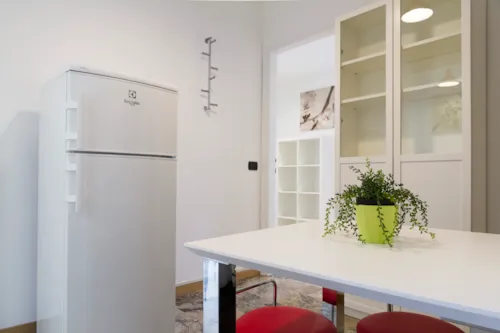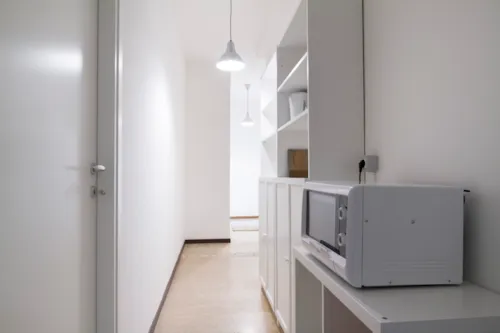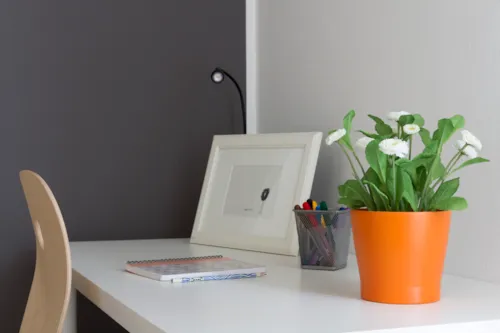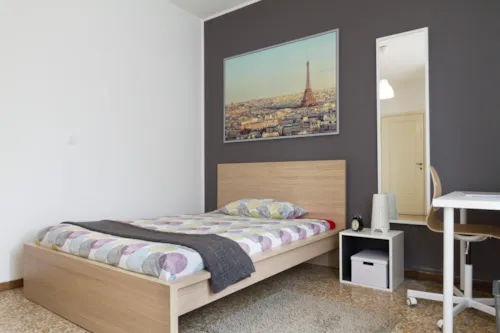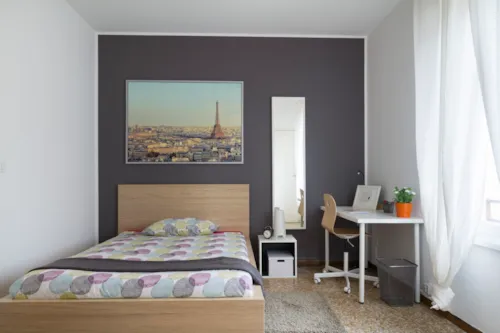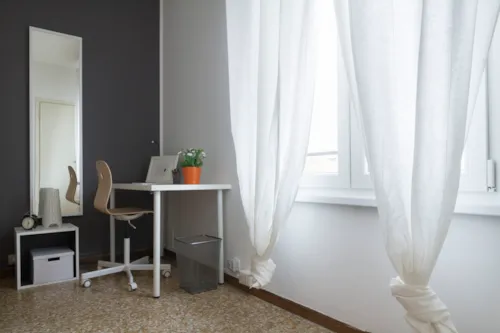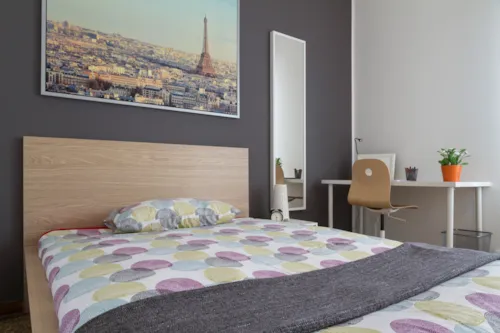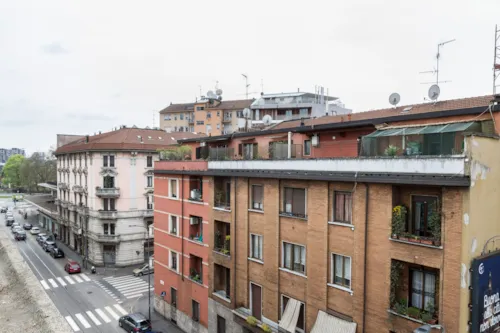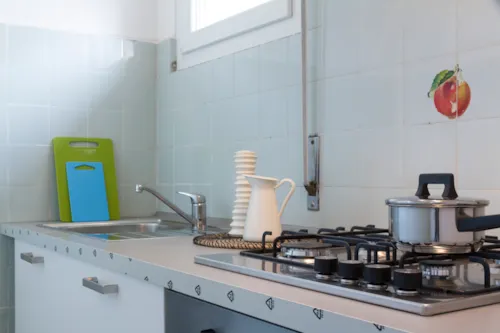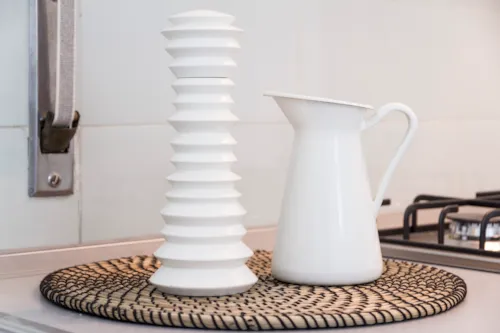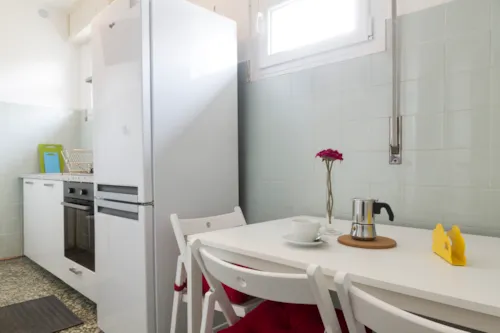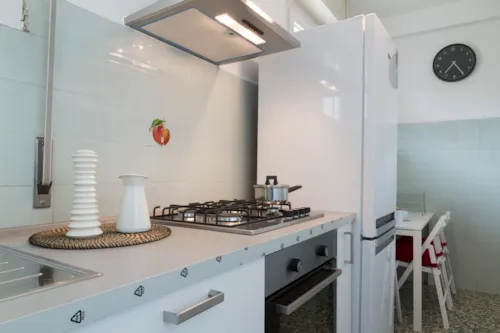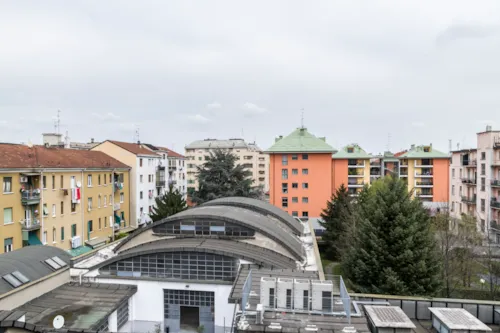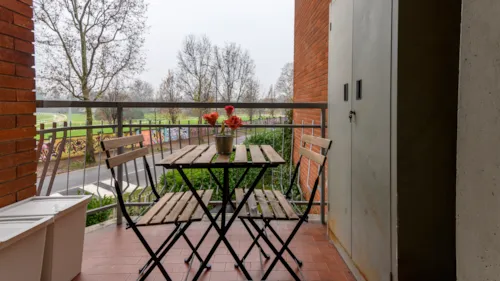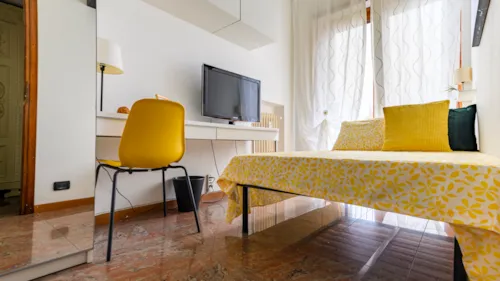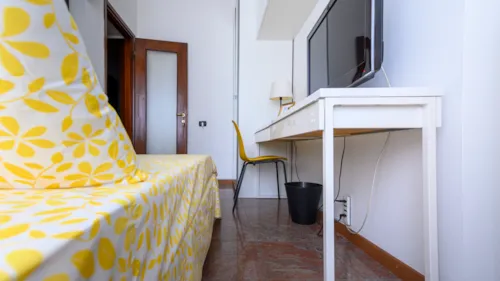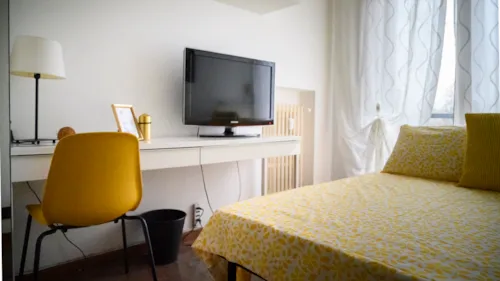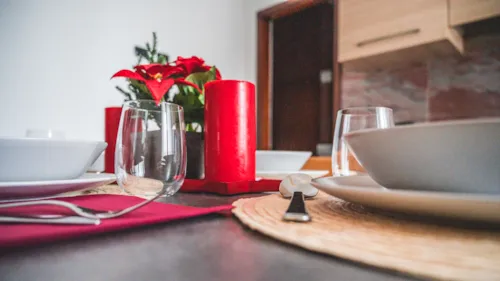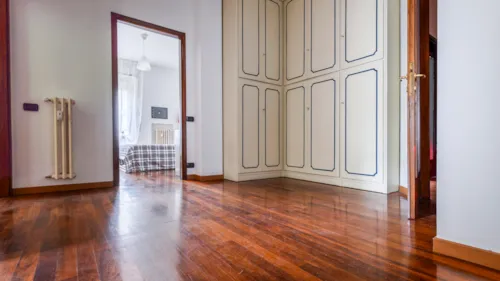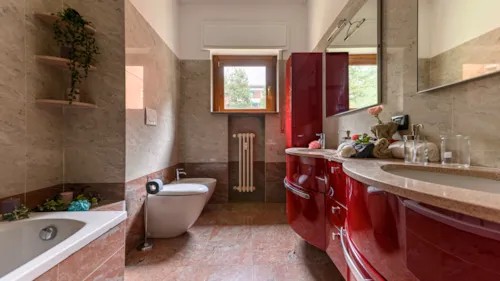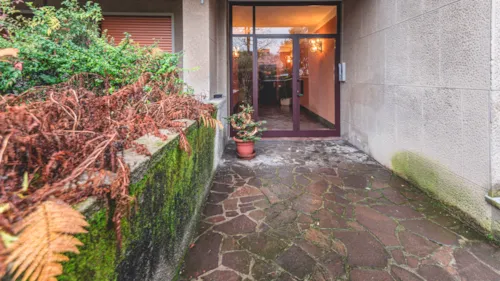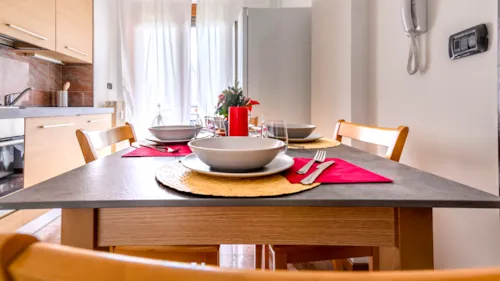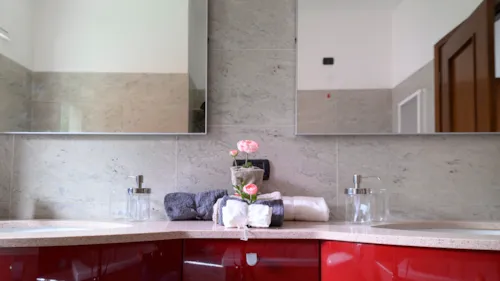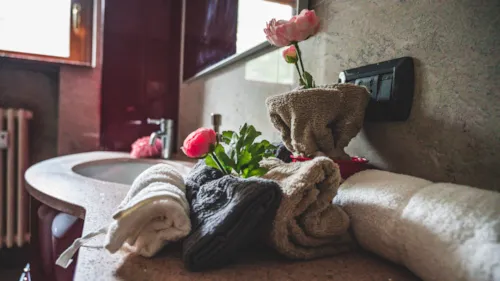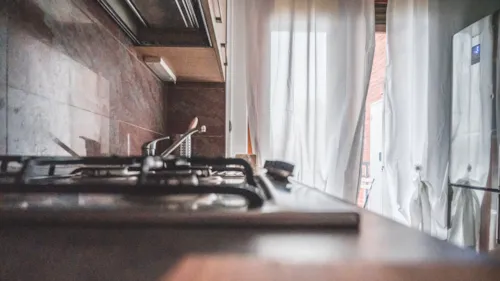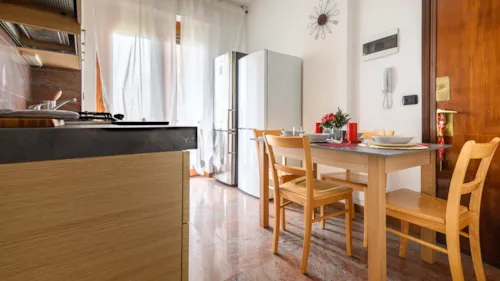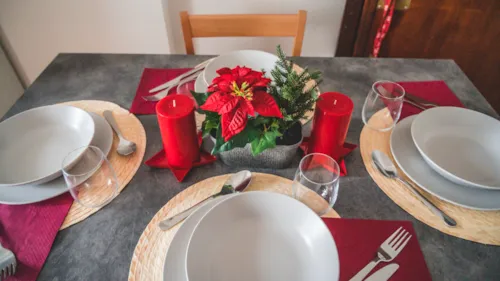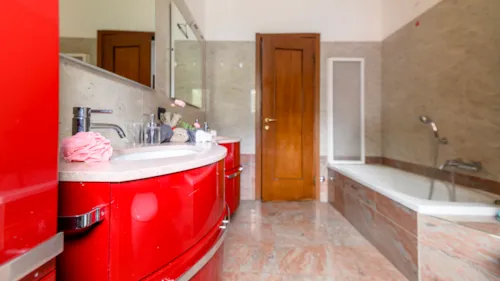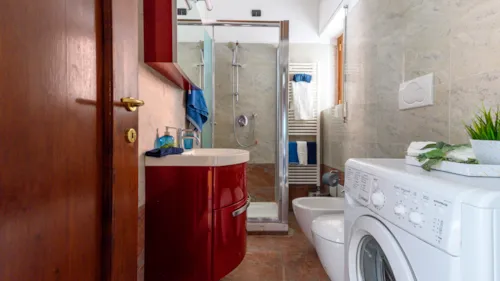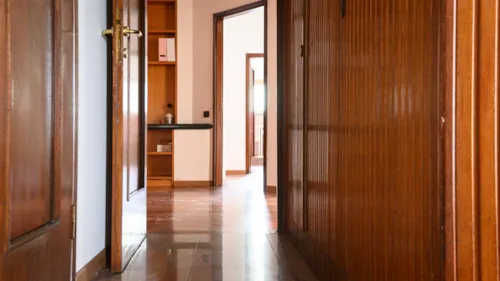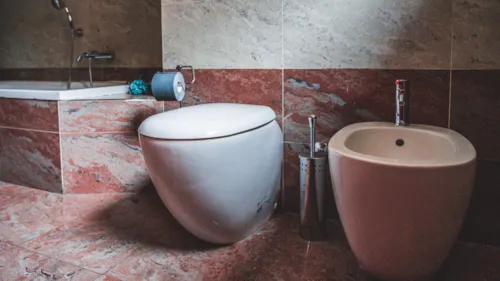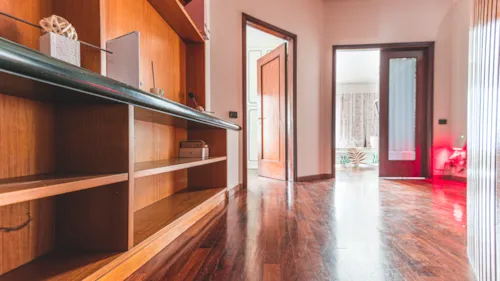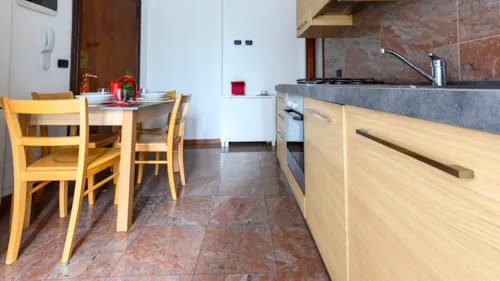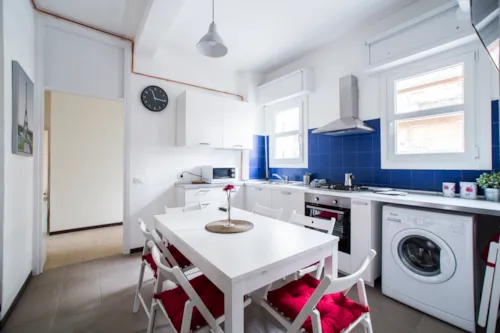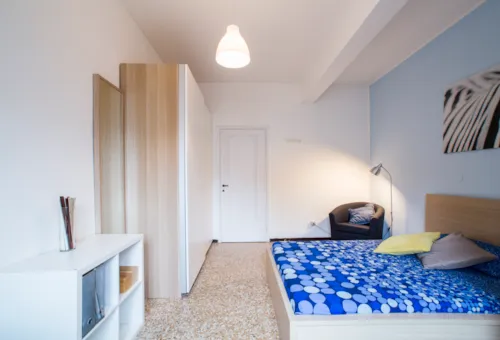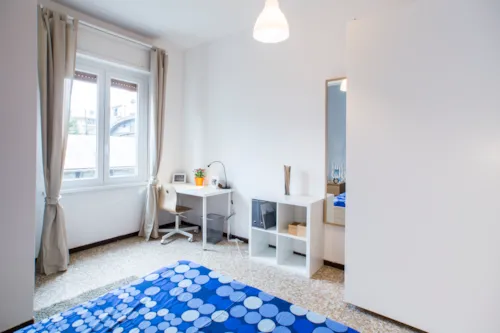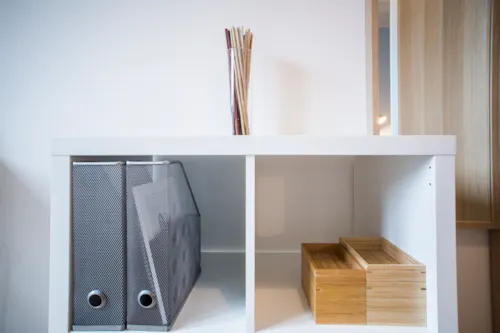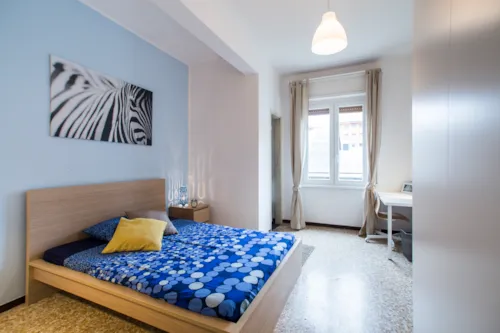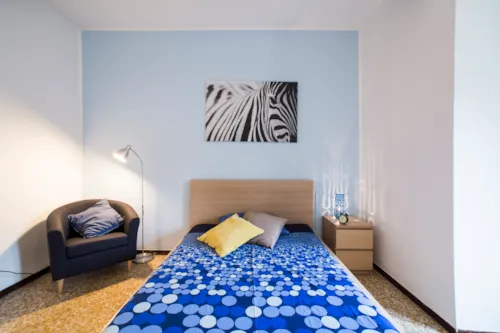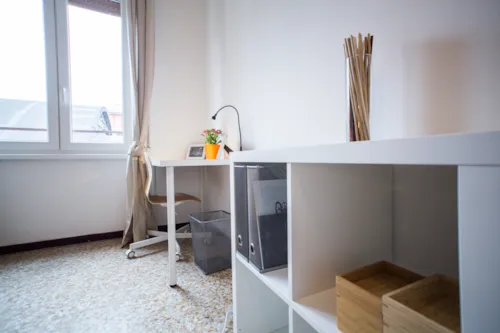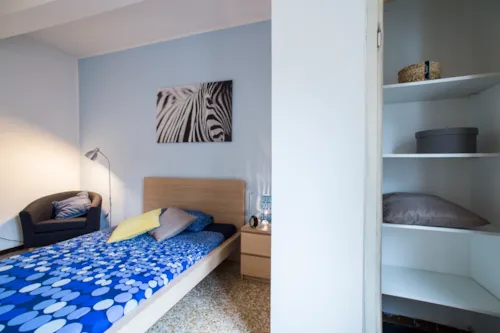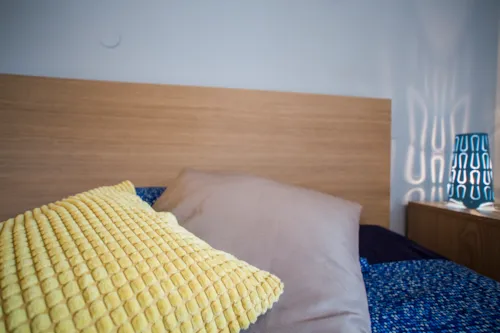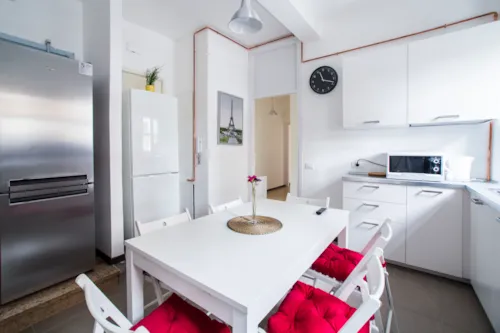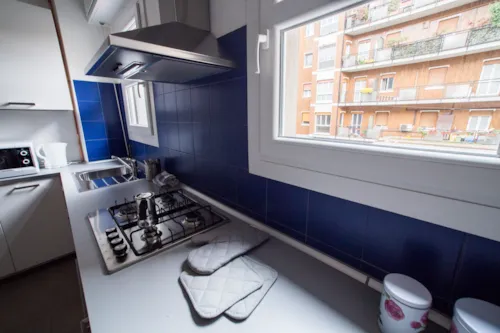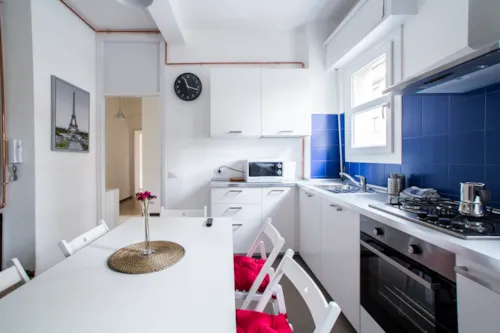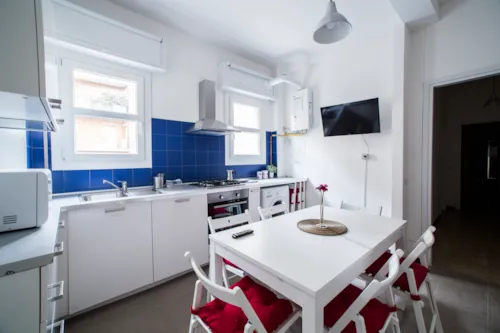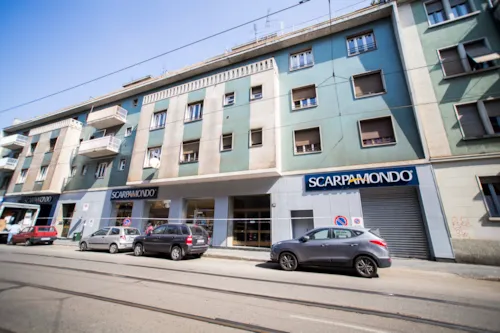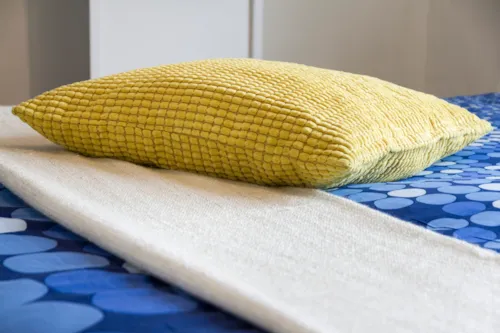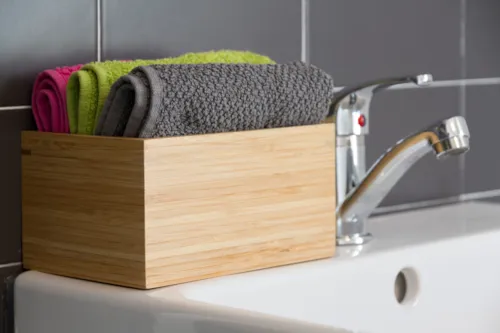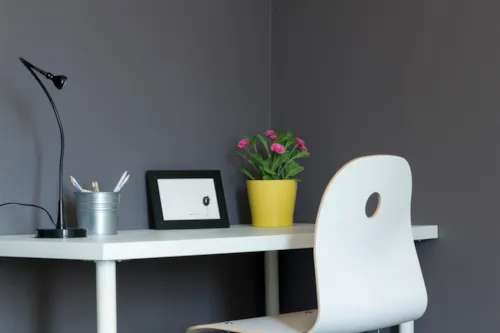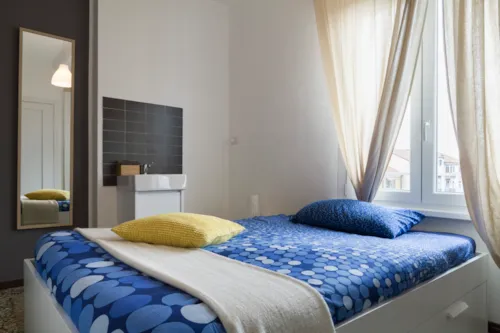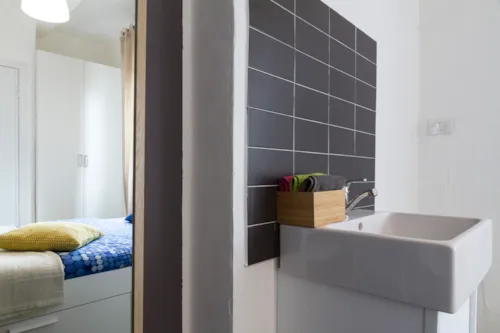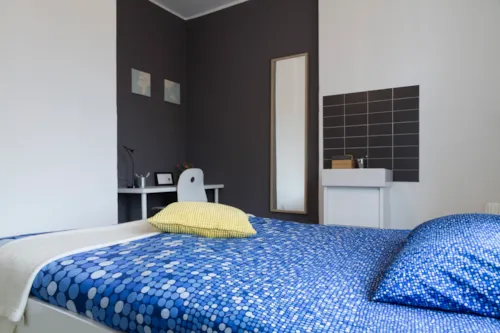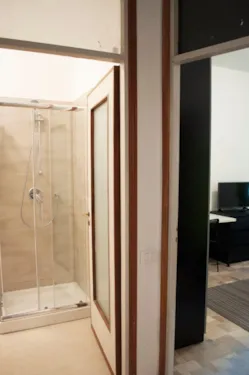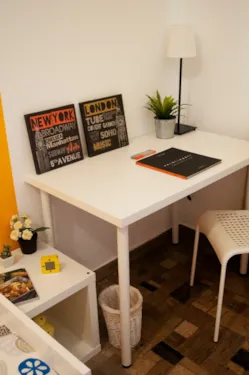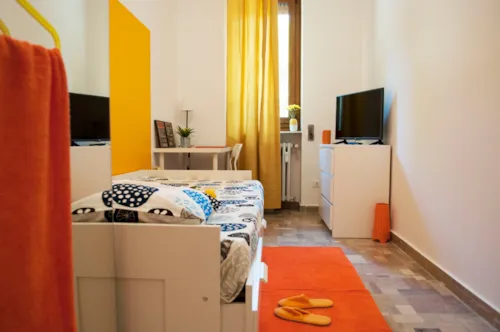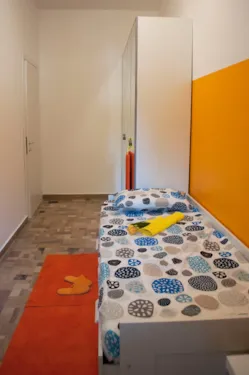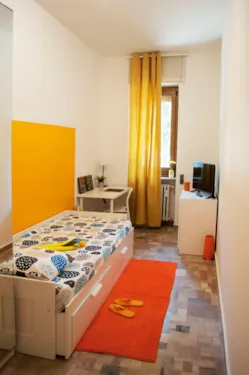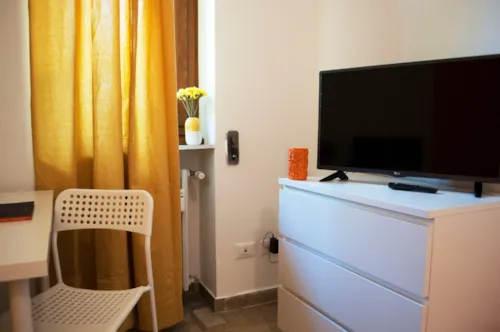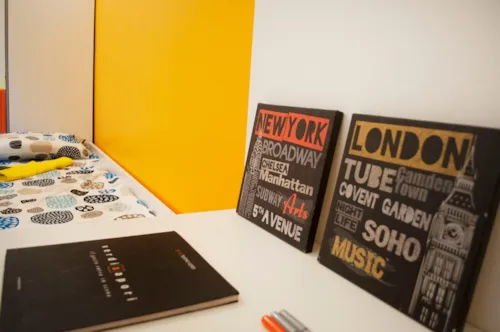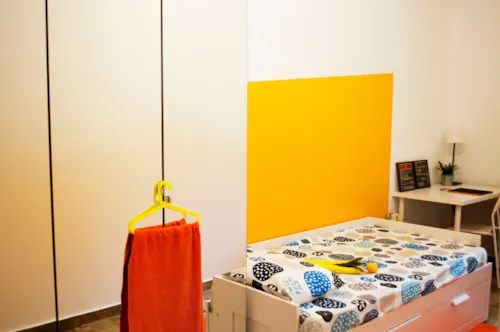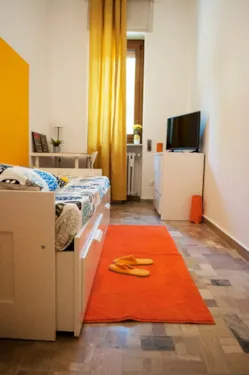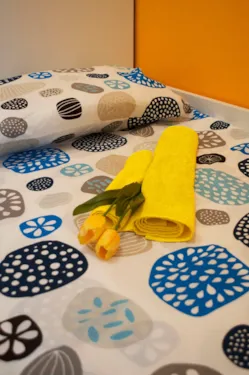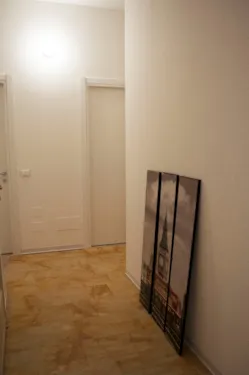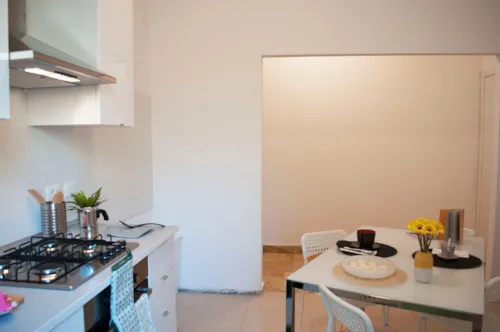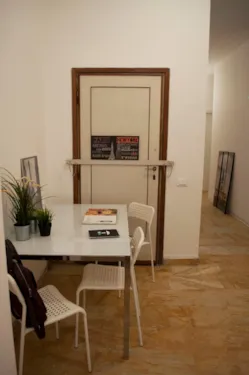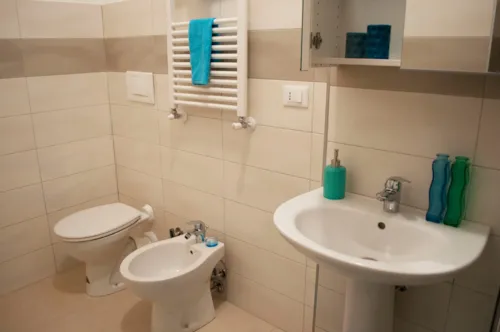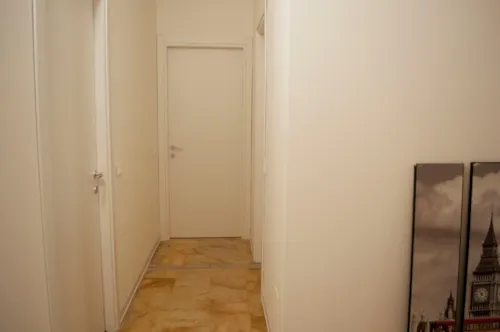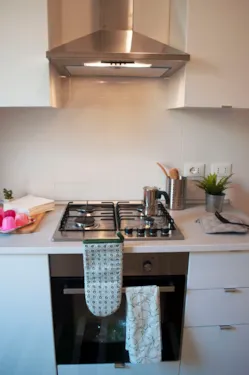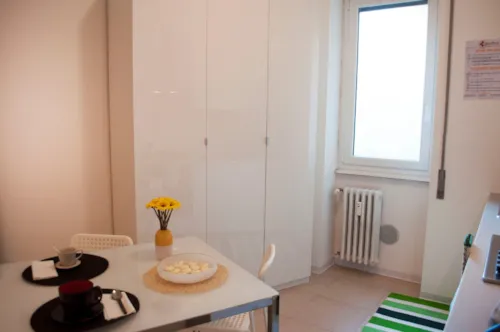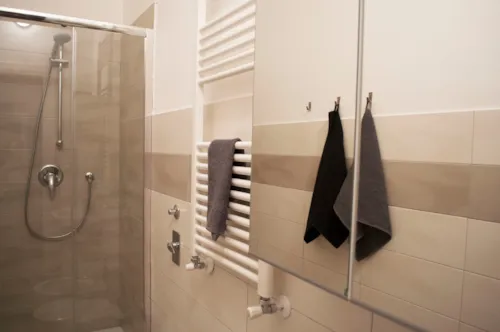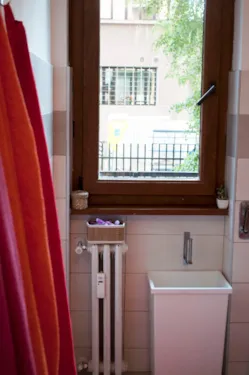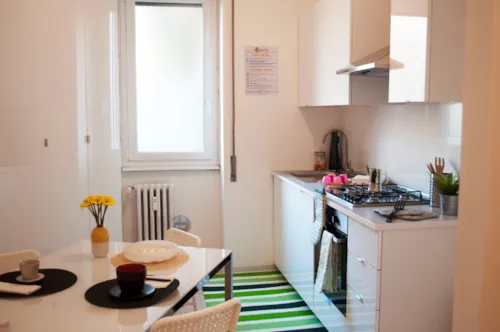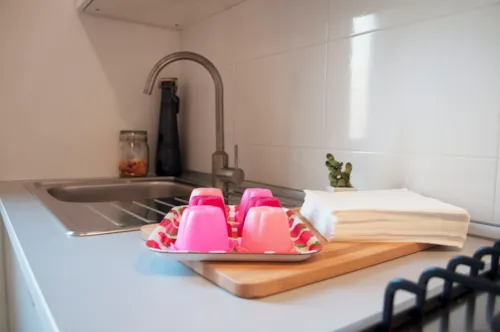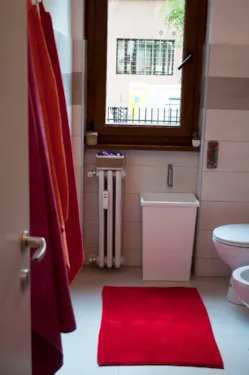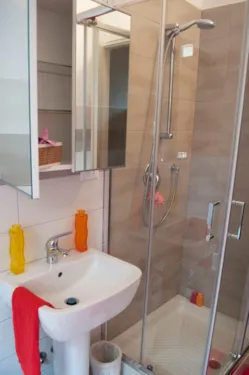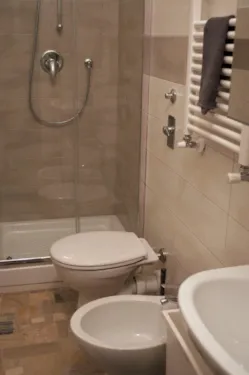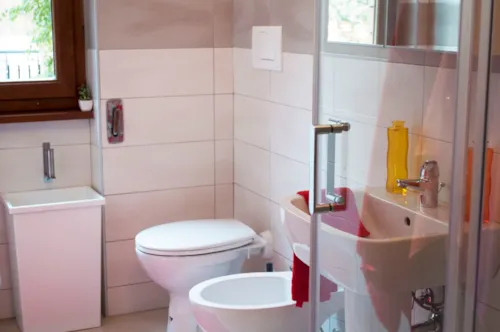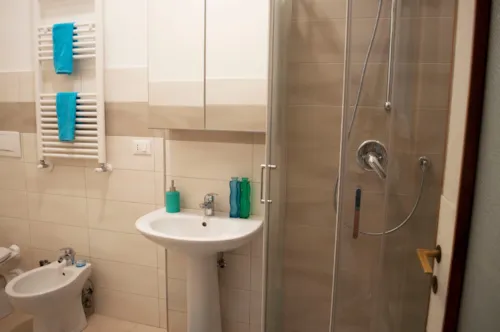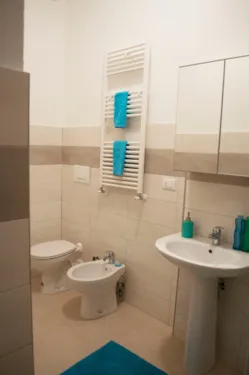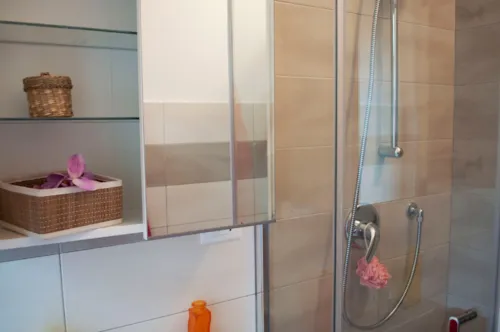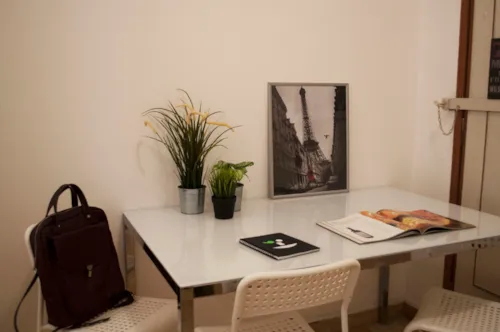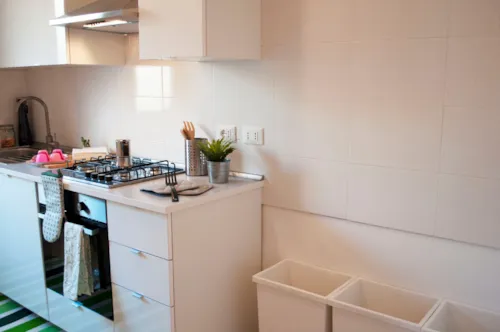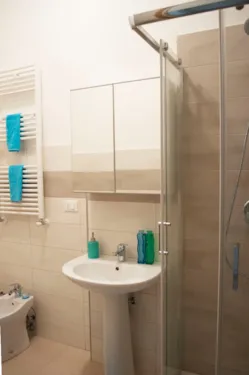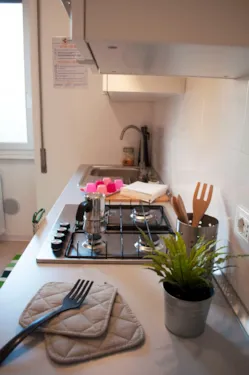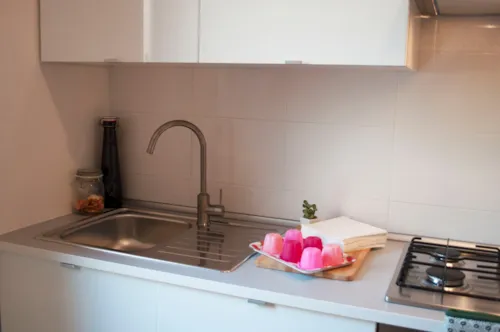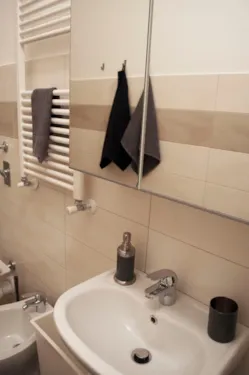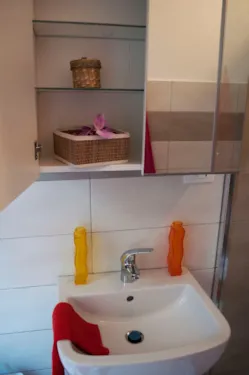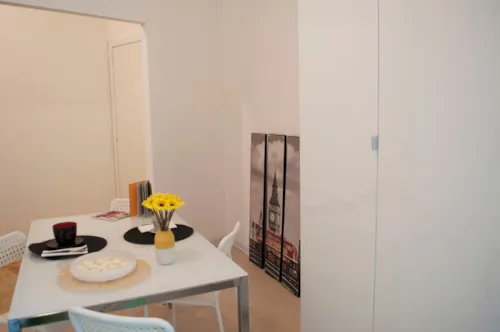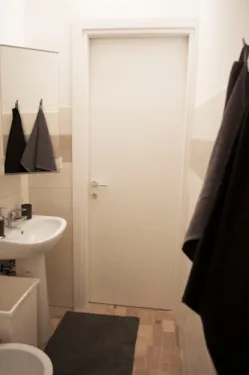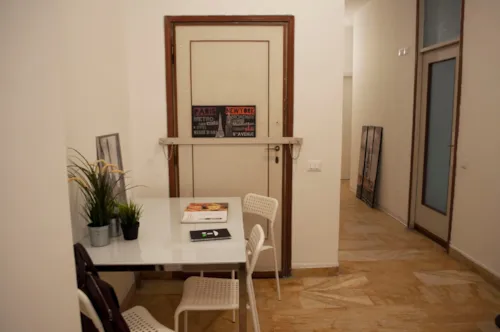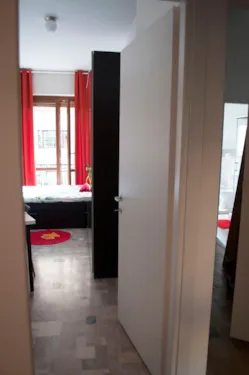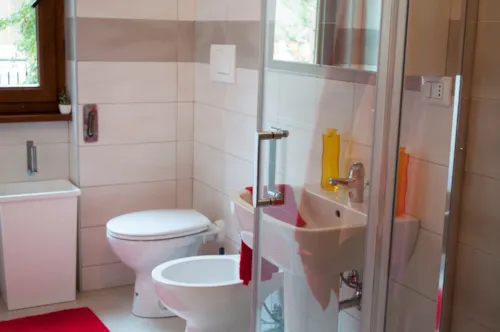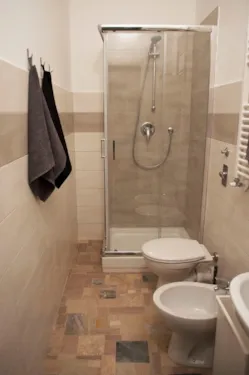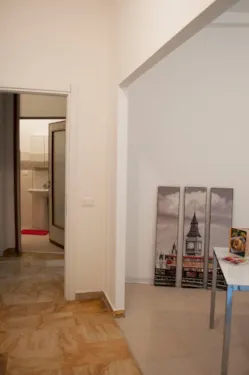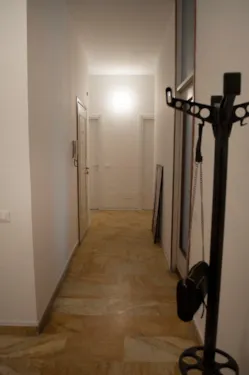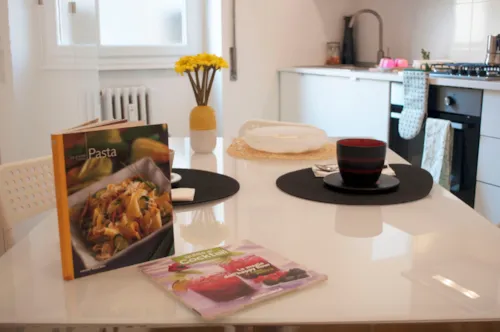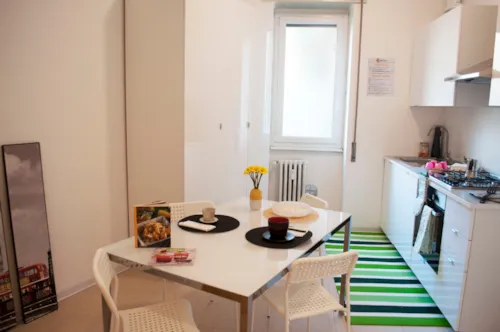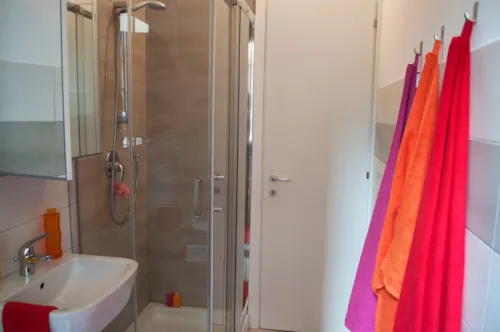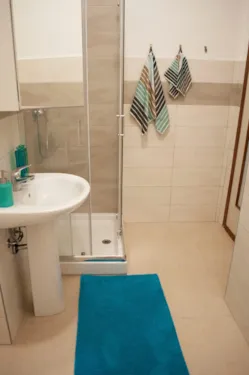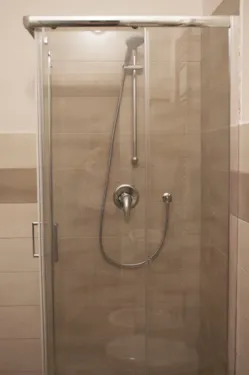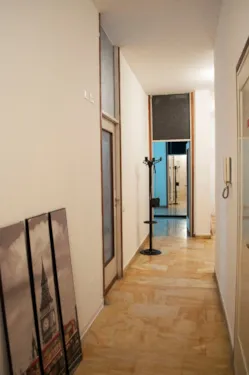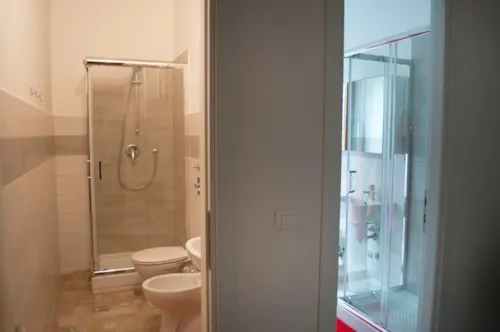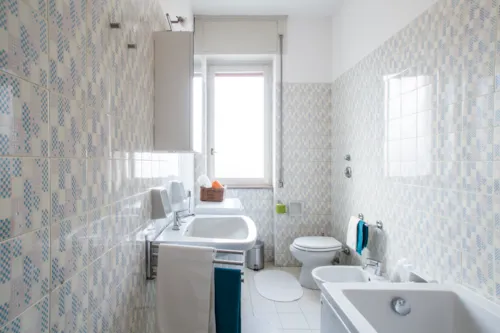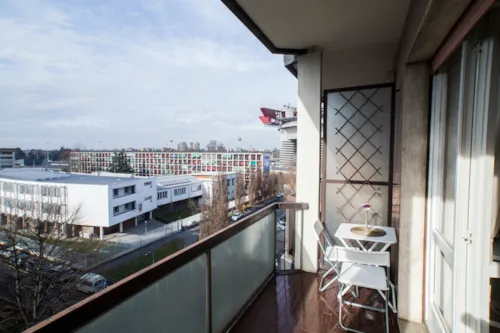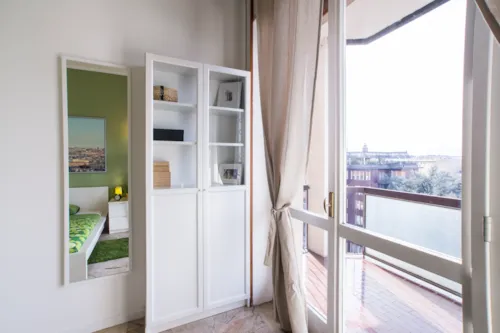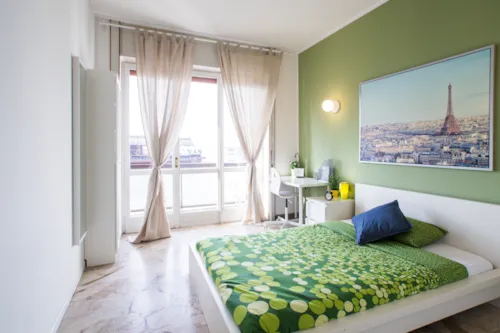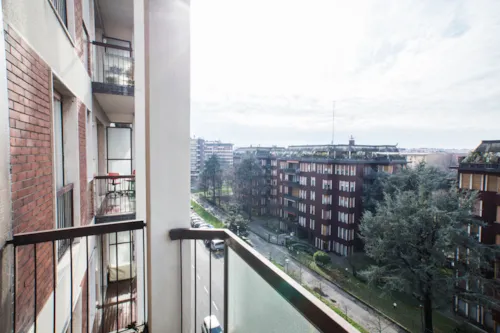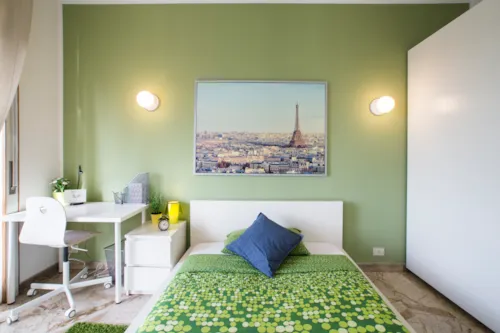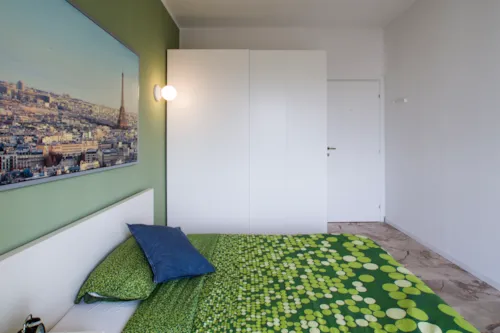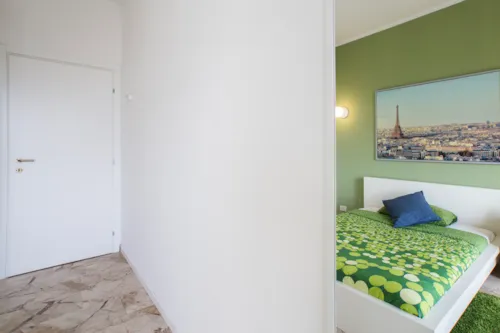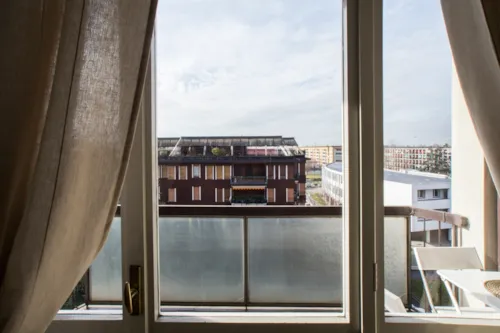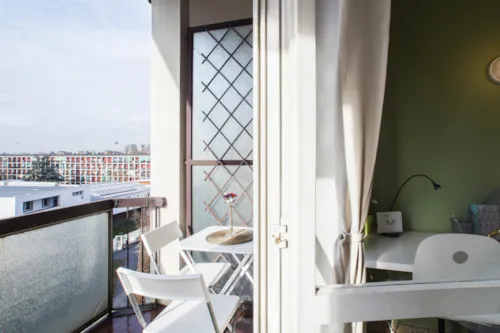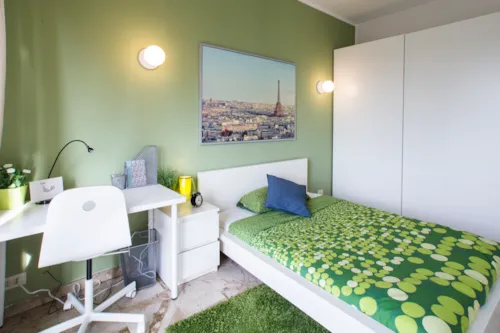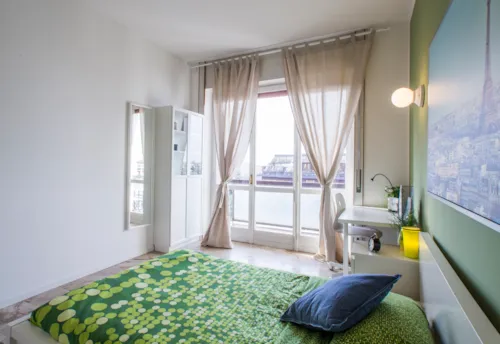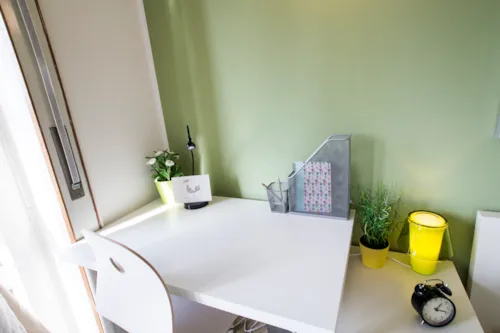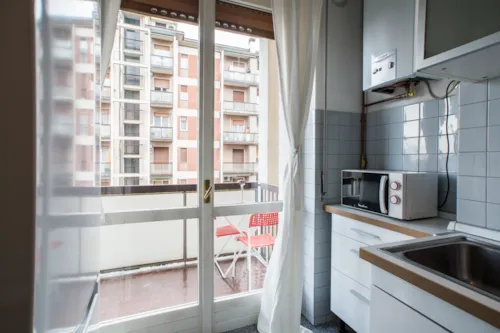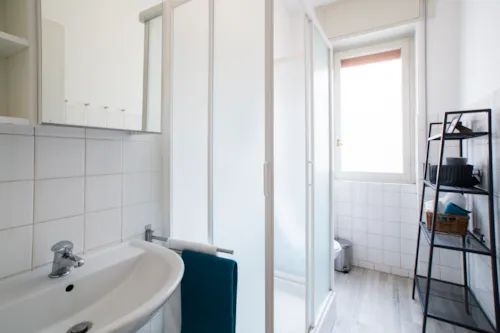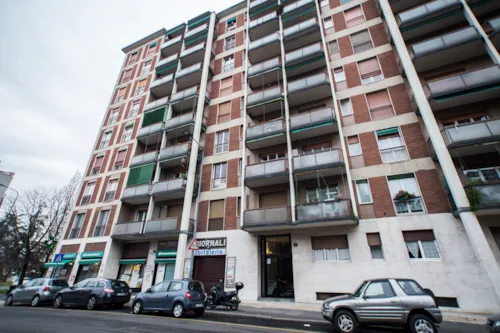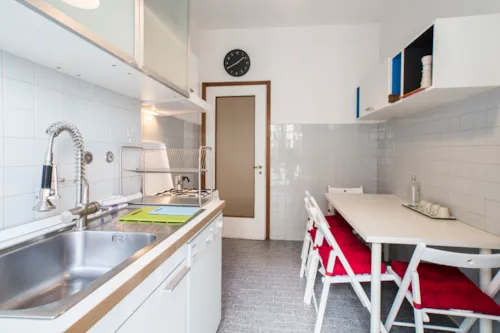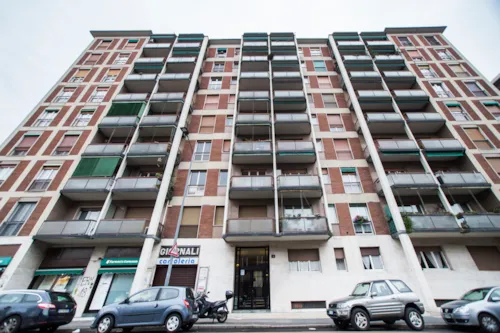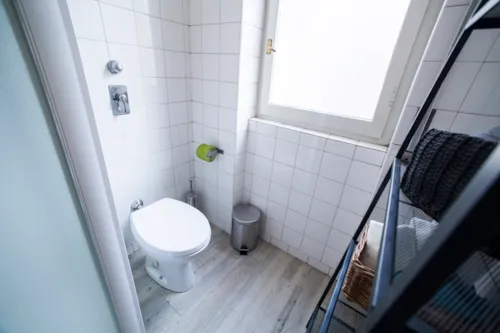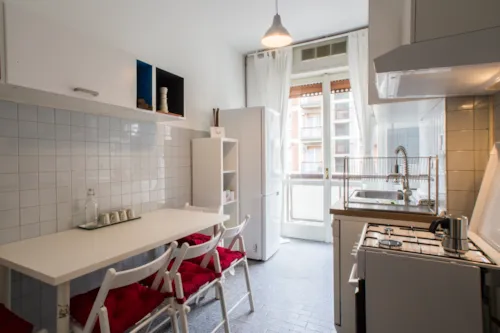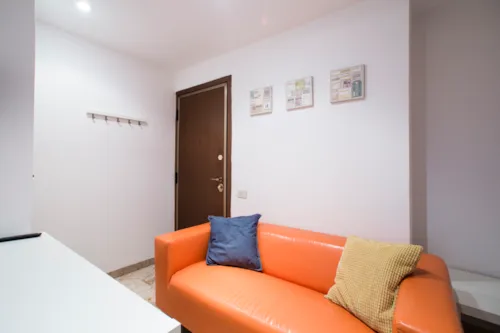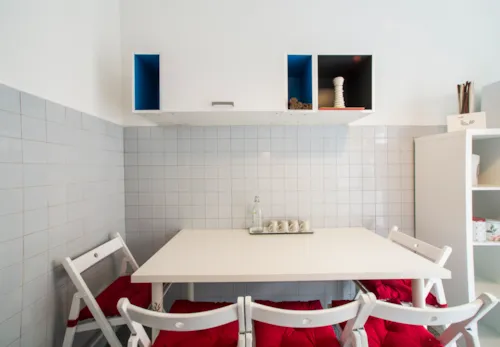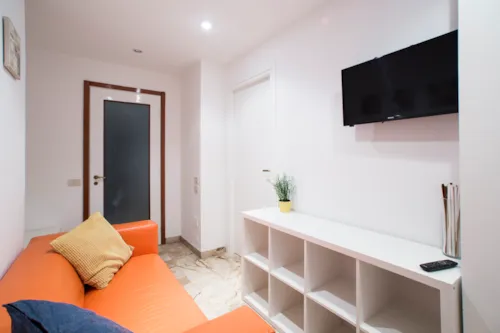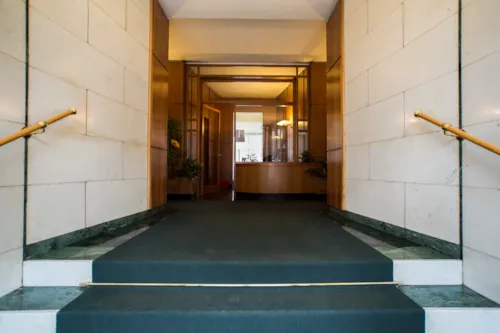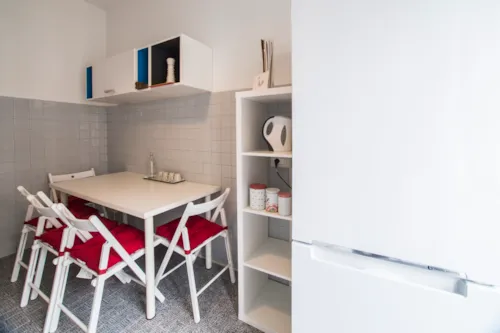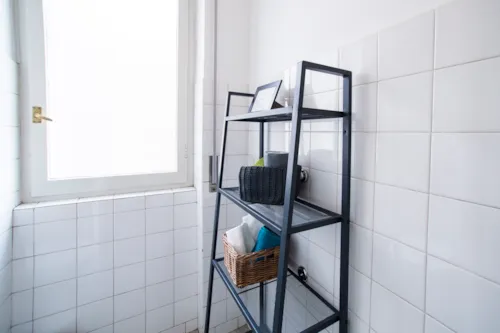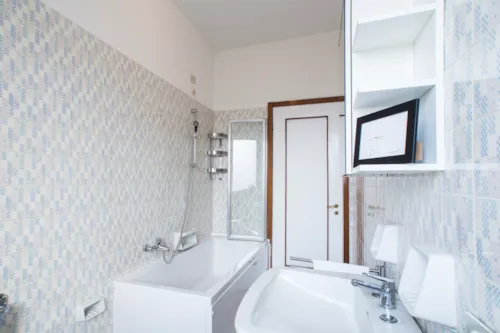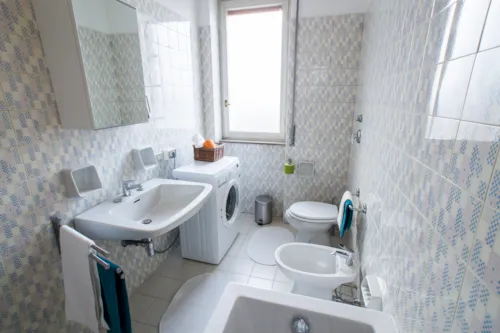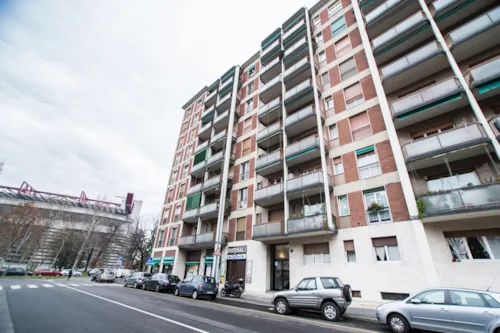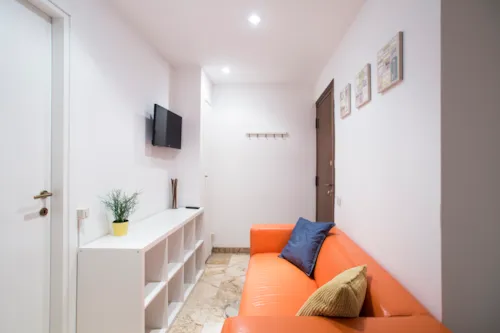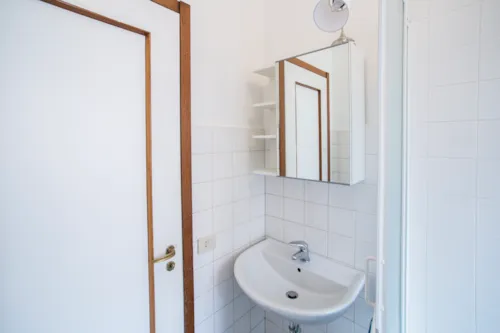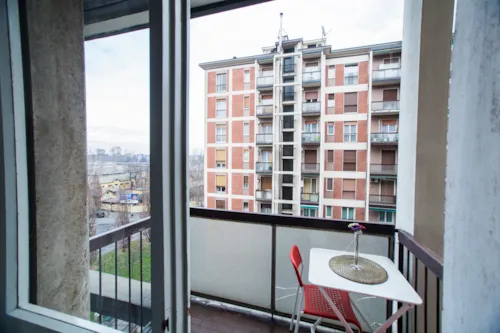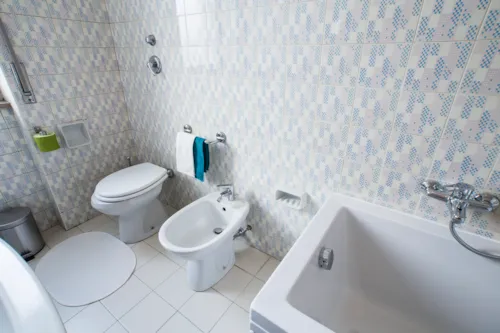
South Milan
In the South Milan area, we find the districts of Famagosta, Barona, Romolo, Stadera, Gratosoglio, Chiesa Rossa, bordering the Vigentino district and via Ripamonti, which connects with the area further east of Corvetto and Brenta where Fondazione Prada is located. The area between the M2 green line underground stations Famagosta and Romolo, near the Navigli Grande and Pavese, had a reputation for being run-down and neglected. In the past it certainly experienced some unhappy moments, as we read in the chronicles of the past between terrorist attacks and massacres for settling scores between people of the underworld. Today things have changed, the southern area of Milan is among the greenest in the city and redevelopment is also taking place due to the presence of universities, such as IULM and Naba, which attract many students. Moreover, the Romolo and Famagosta areas are centres of companies and offices dealing with new technologies and innovation, so it is also frequented by young workers who choose to settle in the district. Spaces have also sprung up where large-scale events are organised, such as Superstudio Maxi in via Moncucco. In addition, Via Calindri, Via Bo, Via Filargo, Via Svevo and Via Santander are to be renovated and resurfaced with pavements, trees, bike lanes, lighting and flowerbeds. The neighbourhood is becoming more and more welcoming and in line with the development of a city like Milan.

We have no availability in this neighborhood
What to see and do
On Via Carlo Bo is the central building of IULM (Istituto Universitario di Lingue Moderne), which deals with the latest methods of communication. The 1990s also saw the birth of the Campus, following the model of the American ones; it is therefore a modern, technologically advanced complex, equipped with special spaces for study, research and also for student gatherings. It is an expanding project that has seen the creation, over the years, of the garden, additional departments and institutes, catering services and student residences. One of the special features of the area, being Barona, a neighbourhood considered urban, is the presence of Cascina Battivacco a stone's throw from the buildings. Here there are livestock farms and maize, soya and rice are cultivated; you can get there by bicycle on fine days.


In via Barona, on the other hand, is the famous Barrio's, a youth centre that includes a café, a rehearsal room for dance and theatre, a multimedia room and another room for educational activities. On the other side of Viale Famagosta stands the Villaggio della Barona, a new social housing solution, consisting of low houses, shops, and a large, manicured lawn with games for children. Interesting to see to immerse oneself in a reality that seems outside Milan. In the Chiesa Rossa district, the little red-brick church on the road to Pavia, which gives the area its name, is must-see. The address is via Neera 24 and the most convenient way to get there is to take the M2 green line metro and get off at the Piazza Abbiategrasso stop. Inside the historic church is Dan Flavin's work, a typical masterpiece of contemporary art that is still not well-known to citizens and tourists. Going further south we find Assago and the famous Mediolanum Forum, known as the Forum di Assago. The venue hosts sporting events, congresses, and concerts, and is also a facility where one can play tennis, padel, squash, and attend the gym and the indoor or outdoor swimming pool in summer.
Where to eat and drink
Let's start with restaurants and clubs in the Romolo and Famagosta areas. Close to IULM is Piano B, a cosy and friendly pub where you can enjoy burgers, snacks, but above all an excellent selection of beers. Birrificio Ribalta Barona is a new venue that is part of the redevelopment project in the area, an urban refuge where you can meet and spend time with friends. If you are looking for a restaurant where you can eat Italian first and second courses: La Bussola di Colombo, Ristorante Carmen 2, informal atmosphere and wooden furnishings, La Casa dell'Arancina, eat in or take away to rediscover Sicilian flavours, Ristorante Il Ciclone 2, which also makes pizzas with kamut or whole wheat dough. If you like crispy pizza, in the Stadera district there is L'Isola della Pizza, or CambioPizza a little further south. At Al Pulentin, you will find Milanese antipasti, risotto and cotoletta accompanied by a selection of regional wines.


If you have never tried Russian cuisine, you might consider Podvoka, in a very intimate place with velvet sofas and wallpaper on the walls. Again, Sicilian street food but in a cafeteria, with sweet and savoury products, at Cose Nostre. If you want to try country products in an informal but modern setting, you will find them at Erba Brusca, there are also outdoor tables, but you have to check that it is actually open before you go. In the Chiesa Rossa district, Al Garghet is worth a try; those who live in Milan book especially to go to this restaurant. The style is rustic and rural, and it serves typical Lombard dishes; there is also a garden terrace. Not far away is also A Casa di Rucci Ristorante that does excellent first and second courses with fish, such as spaghetti allo scoglio and tagliata di tonno. In Gratosoglio, Antica Osteria Il Rocchettino also serves traditional Milanese dishes, veal cutlets (real elephant ears) in an elegant 19th-century farmhouse. If you want to experience a farmhouse in South Milan, Cascina Gaggioli offers sober rooms in a sparsely furnished setting. Breakfast is included, there is a nice park and barbecue facilities.

Where to go shopping
If the urge to go shopping assails you and you are in the south of Milan, there are several possibilities. Just outside the city, in Assago, there is the Milanofiori shopping centre, a large complex where you will find shops and restaurants. There are various brands for women's and men's clothing, sportswear, underwear, shoes, accessories, bags and luggage, household goods, video games and so on. The flagship supermarket for groceries is the Carrefour, which is very large and well stocked. In short, in one place you will find a bit of everything you might need.
If you have a car, continuing towards Rozzano you will arrive at Fiordaliso, another shopping centre obviously full of shops. Here you will also find Decathlon and Primark, the reference supermarket is Iper. If you want to move independently, changing area to go towards Locate Triulzi, still in the province of Milan, there is Scalo Milano an outlet store where you will also find big brands and various small restaurants. On the other hand, if you want to stay in the city and go in search of clothes and more specialised items, we recommend heading back towards the centre. There are plenty of vintage shops on the Navigli and if you go up Corso di Porta Ticinese and then Via Torino, you will find Zara, H&M, Mango, Treesse, Adidas, Nike and many other shops. In any case, in the whole area of Milano Sud there are supermarkets, pharmacies, shops of all kinds and you will find all the services you might need. In addition, the whole area is perfectly connected to the other districts of the city by the public transport network: subways, buses, trams and trolleybuses. In addition, there are bike, car, scooter, and scooter-sharing services that further facilitate mobility.

Some questions?
Have more questions?
